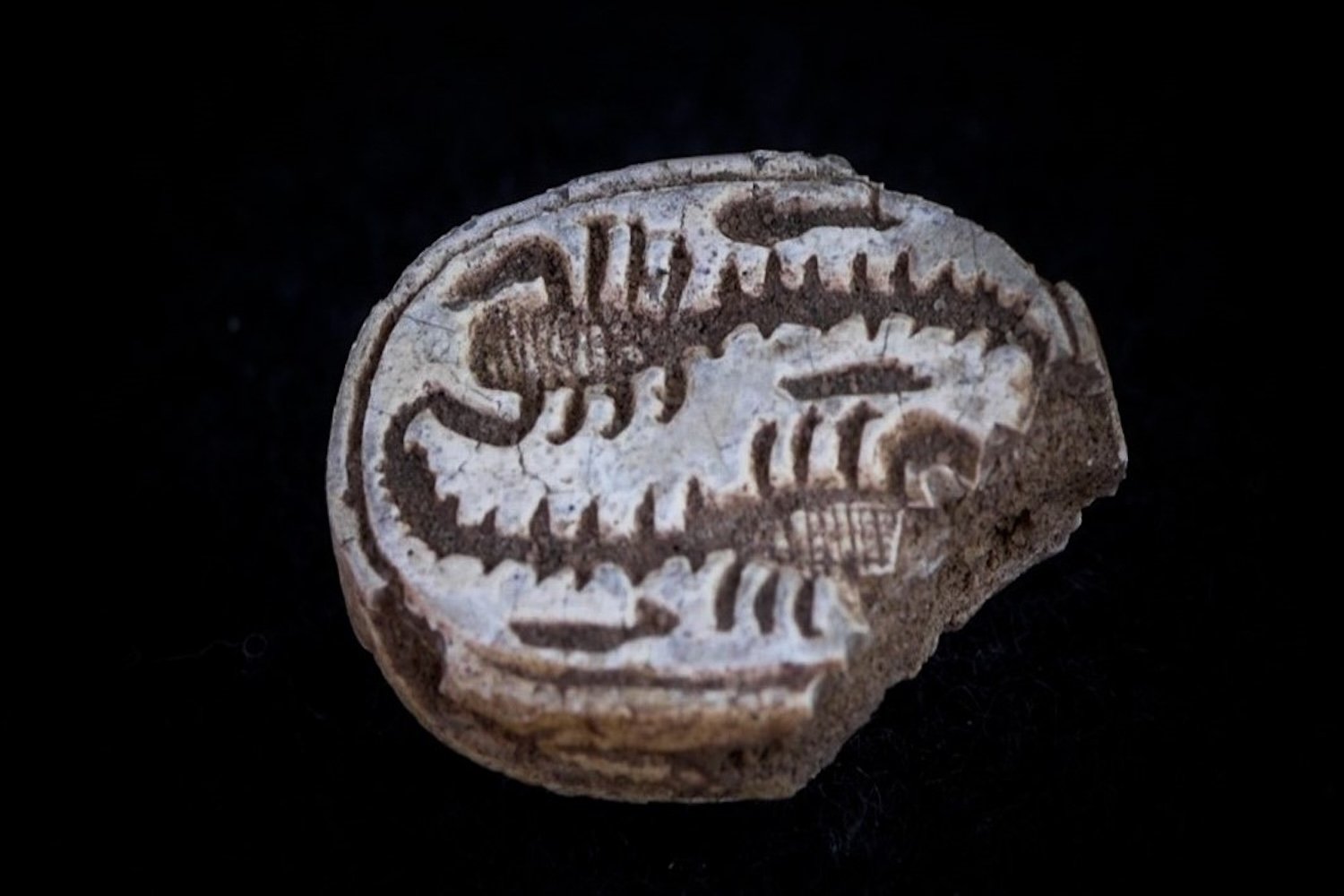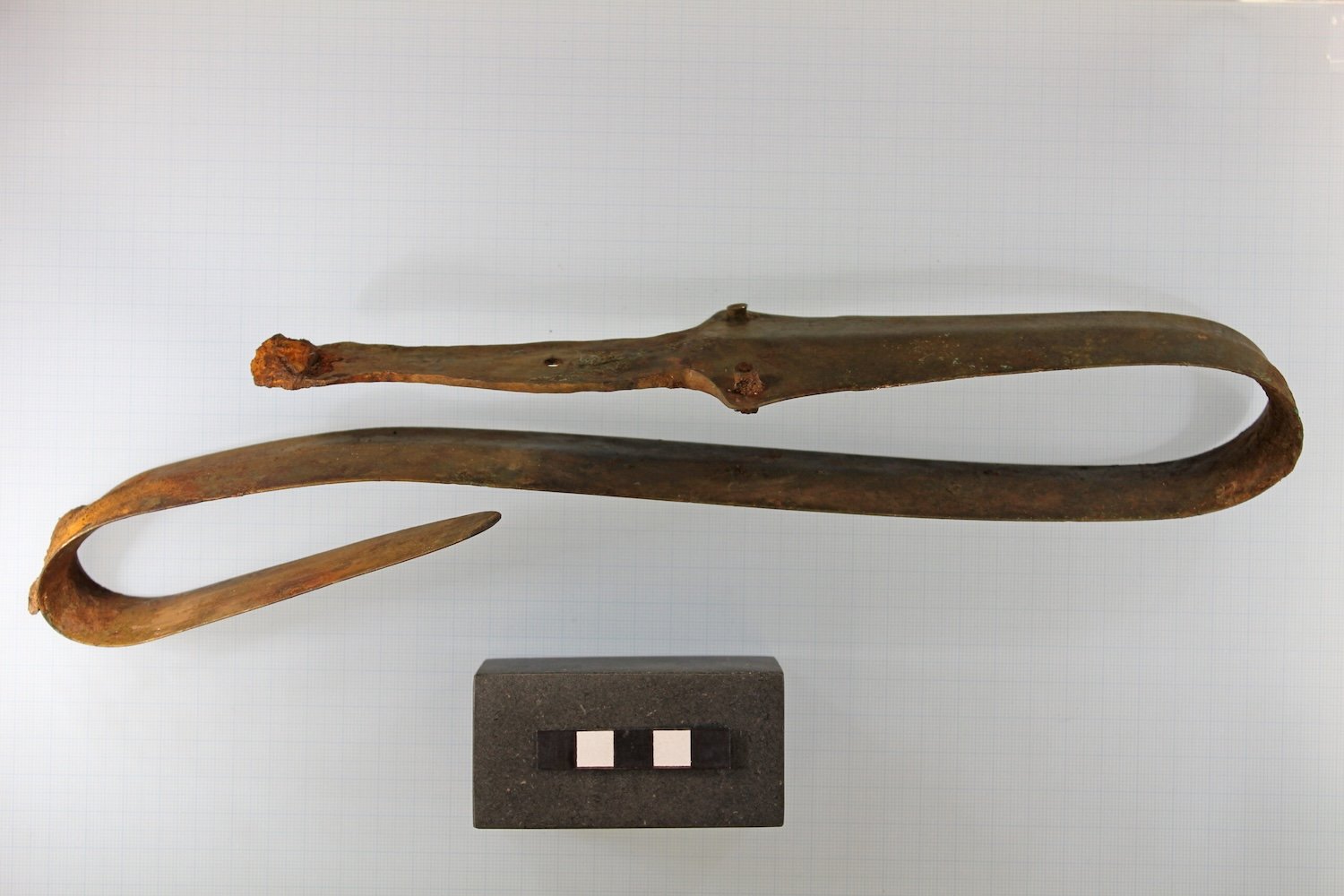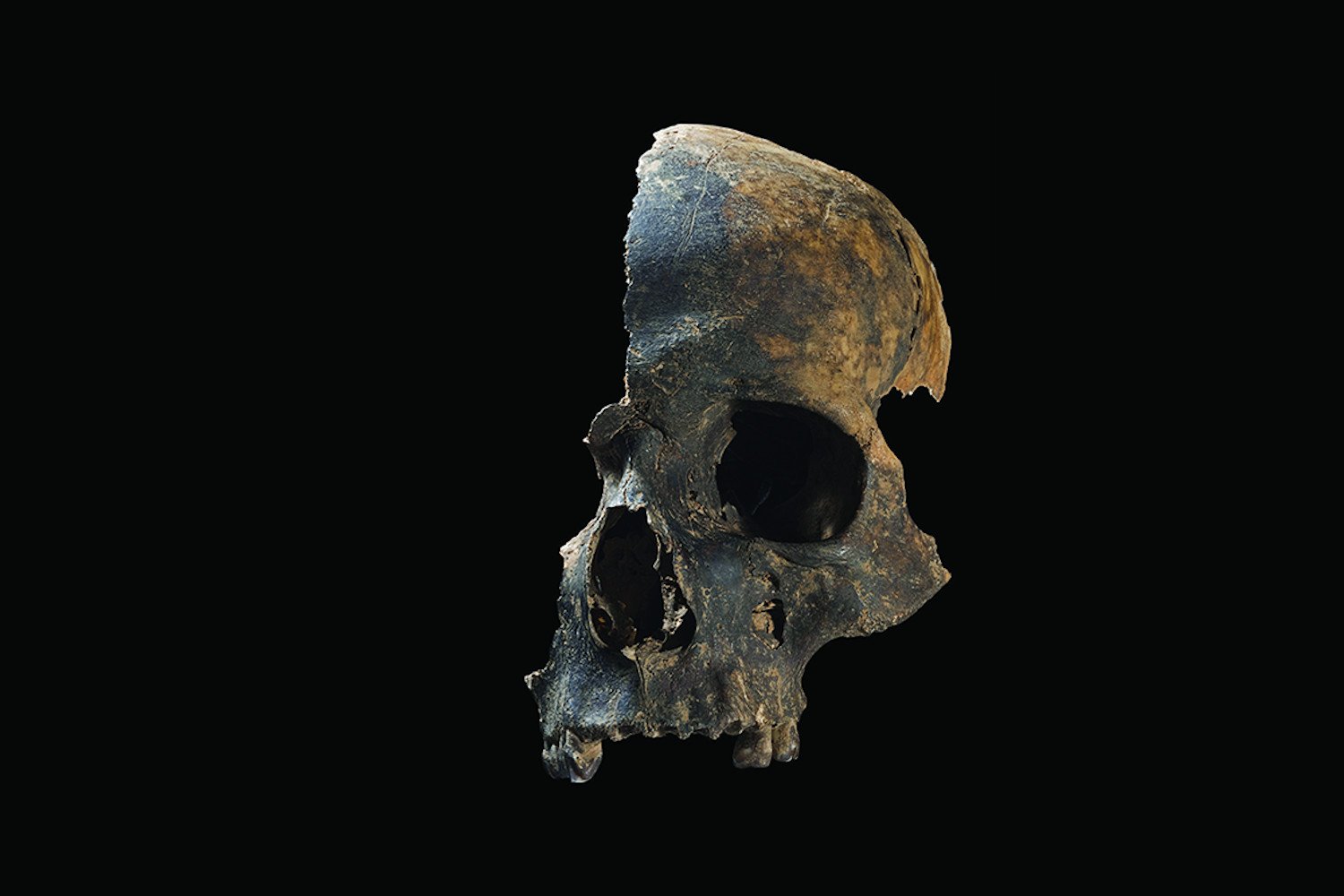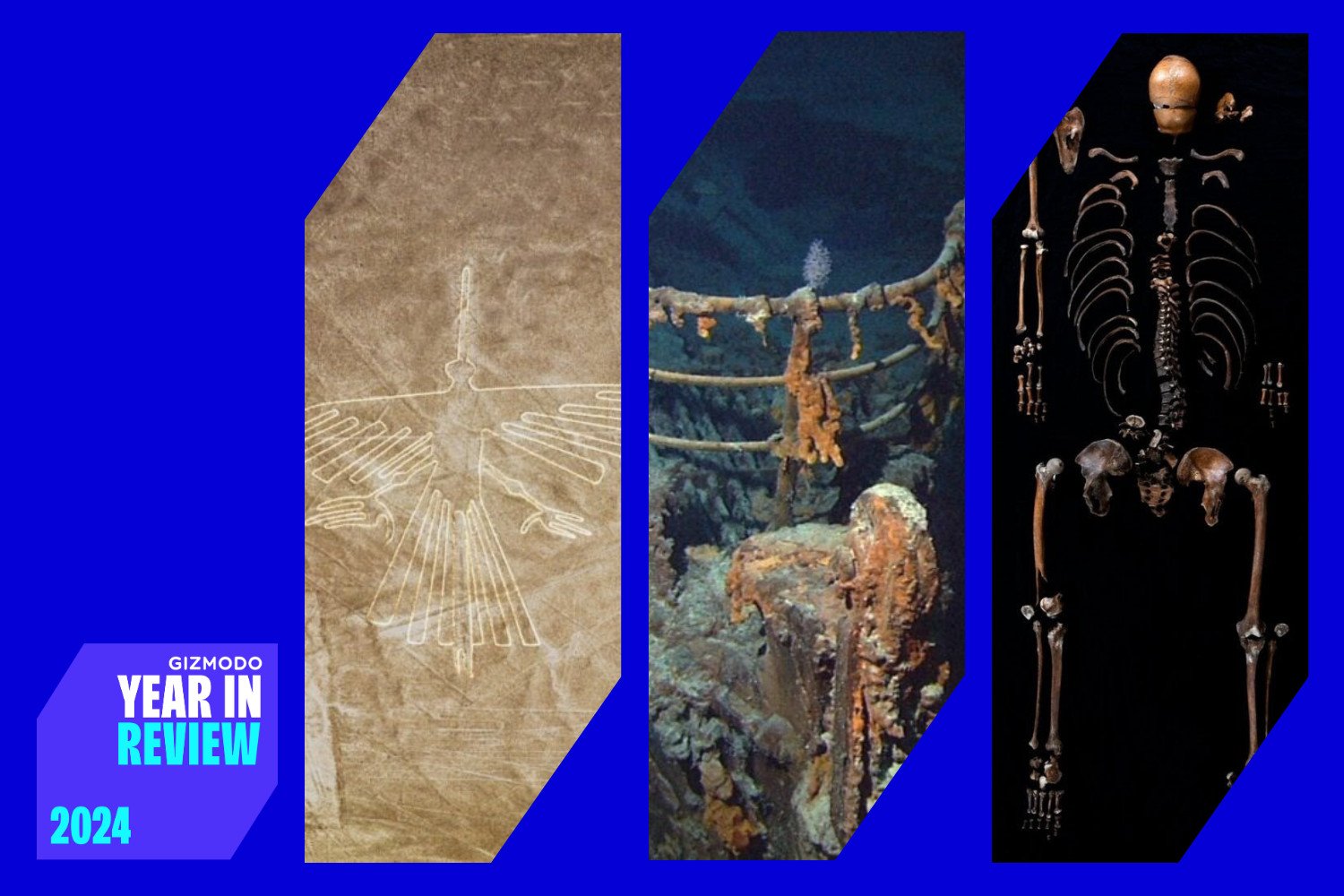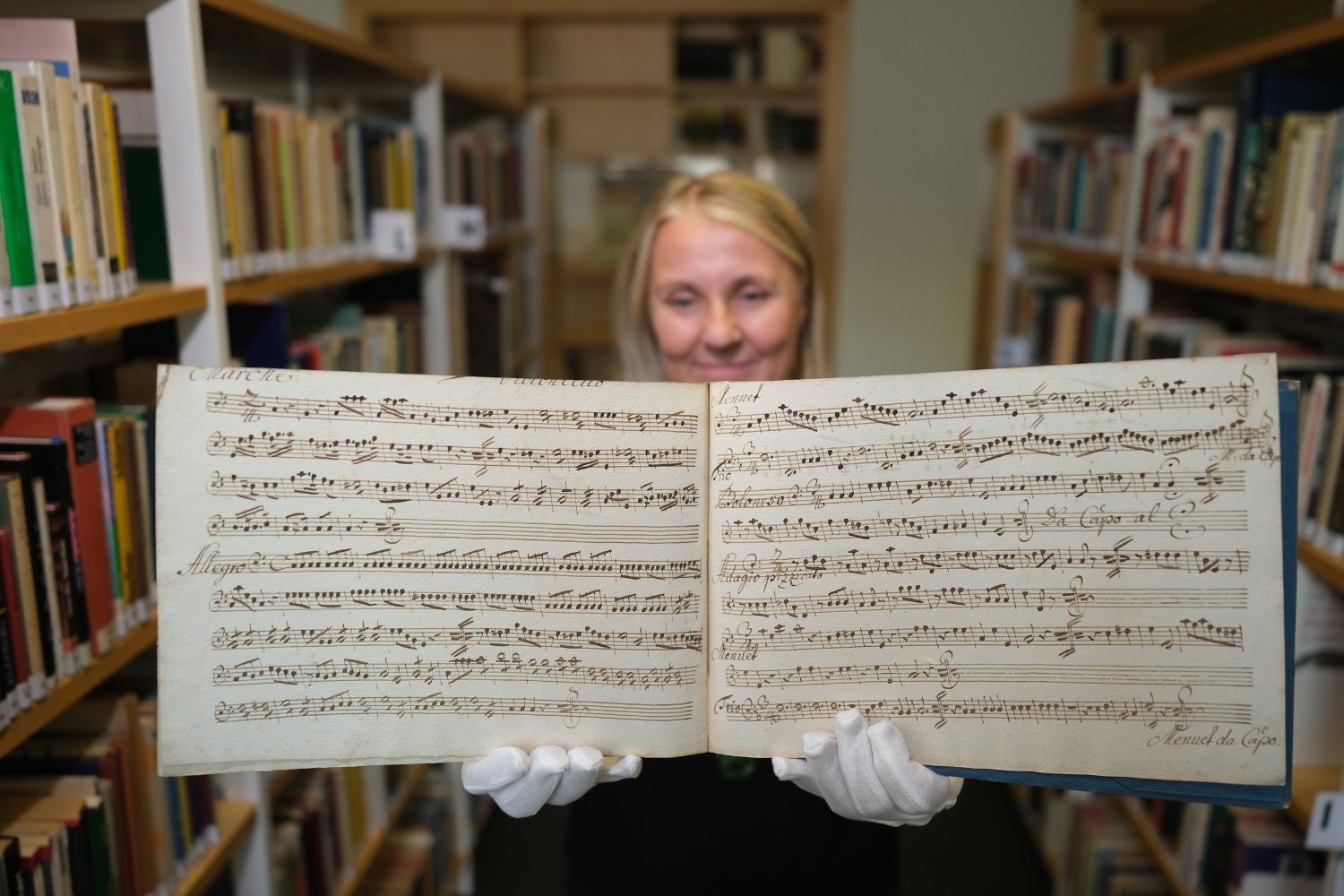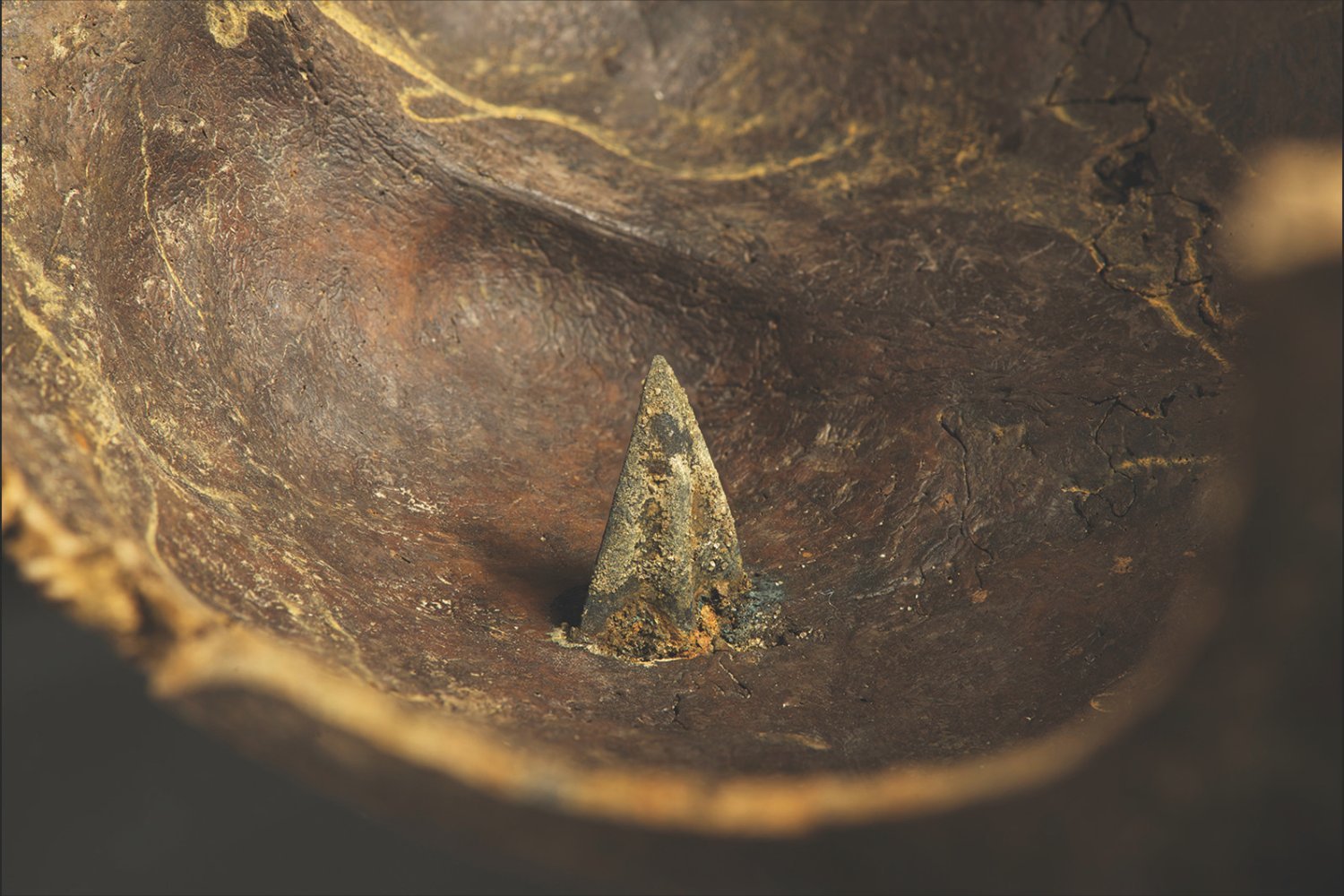A seemingly ordinary pebble found by a 12-year-old girl during a hike near Tel Aviv, Israel, has been identified as a 3,500-year-old Egyptian amulet. This remarkable discovery underscores the ancient Egyptian influence in the region during the Bronze Age.
Young Dafna Filshteiner stumbled upon the artifact, shaped like a scarab beetle, while hiking in a Tel Aviv suburb. Initially dismissed as a common stone, Dafna’s persistence led her and her mother to research similar objects online. They quickly realized the significance of their find and contacted the Israel Antiquities Authority (IAA).
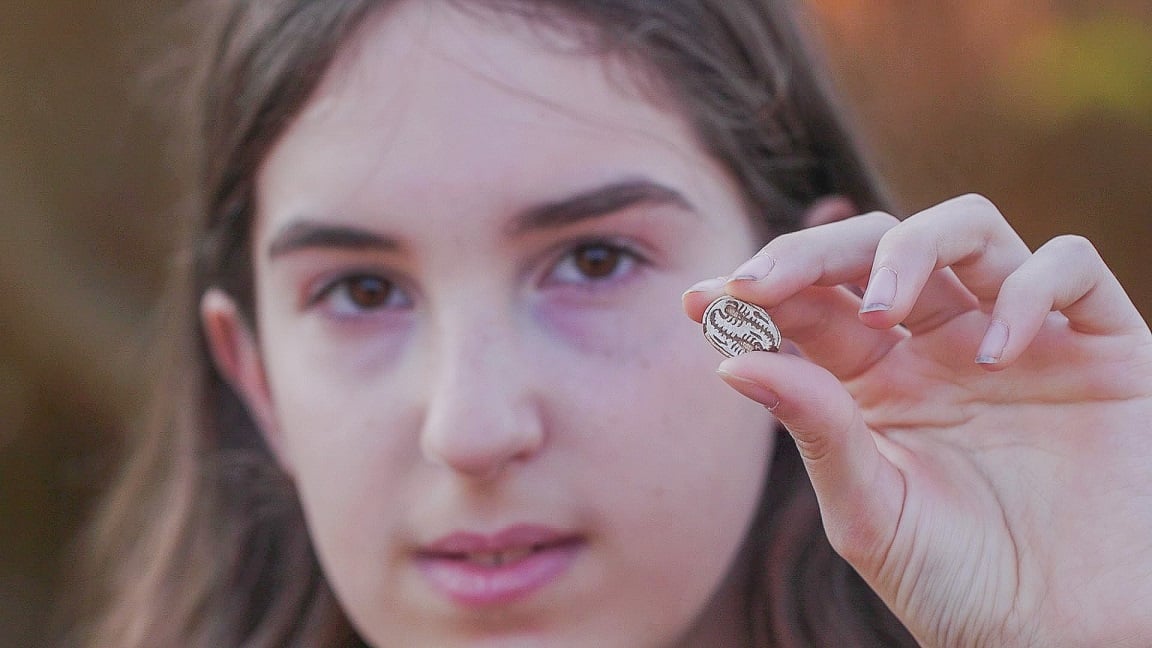 Girl With AmuletDafna Filshteiner with the 3,500-year-old Egyptian amulet. © Emil Aladjem, Israel Antiquities Authority
Girl With AmuletDafna Filshteiner with the 3,500-year-old Egyptian amulet. © Emil Aladjem, Israel Antiquities Authority
Deciphering the Ancient Amulet
The amulet’s intricate design features two scorpions positioned head-to-tail, the hieroglyph “nefer,” and a motif resembling a royal staff. According to Yitzhak Paz, a Bronze Age expert at the IAA, the scorpions represent the Egyptian goddess Serket, a protector of pregnant women. The hieroglyph “nefer” translates to “good” or “chosen.” Paz dated the amulet to approximately 3,500 years ago, during Egypt’s New Kingdom period, a time when the Pharaoh’s influence extended into parts of present-day Israel.
The Significance of the Scarab Beetle
Scarab beetles held sacred significance in ancient Egyptian culture. Their practice of laying eggs in dung balls symbolized rebirth and new life. The Egyptian word for scarab derives from a verb meaning “to form” or “to be created.”
Scarab Beetle SymbolismThe ancient Egyptians viewed scarab beetles as symbols of rebirth and new life.
Unraveling the Amulet’s History
While the scarab’s Egyptian origin is clear, its presence in Israel raises questions. Paz suggests it may have belonged to a prominent figure traveling through the region or could have been intentionally buried. Since the amulet was found on the surface, its exact context remains a mystery.
The discovery site near Tel Qana, an archaeological site with remains dating back to the Early Bronze Age, further adds to the intrigue. Amit Dagan of Bar-Ilan University and Ayelet Dayan of the IAA, both excavators at Tel Qana, believe the scarab offers valuable insights into the nature of Egyptian influence in the region, particularly the Yarkon area.
Recognizing Good Citizenship and Preserving History
The IAA commended Dafna and her family with a certificate of excellence for their responsible decision to report the find. The amulet has been transferred to the state archives and will be displayed at the Jay and Jeanie Schottenstein National Campus for the Archaeology of Israel.
A Reminder to Explore and Discover
This discovery serves as a reminder that seemingly ordinary objects can hold extraordinary historical significance. If you stumble upon something unusual, consulting a professional can reveal hidden treasures and contribute to our understanding of the past.



